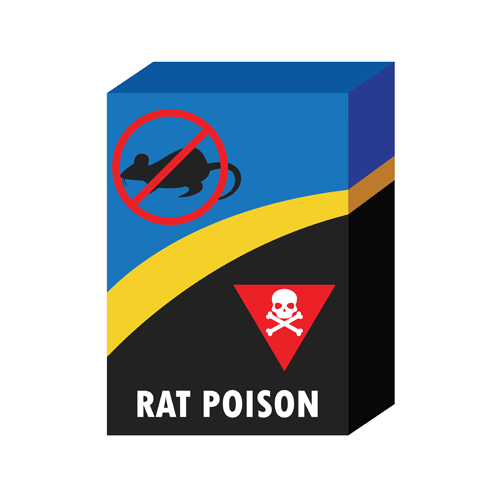Owl Box Overview
Thank you for your interest in Hungry Owl Project nesting boxes.
NOTE: We have paused our nesting box installation, cleaning and consultation services from until further notice. We apologize for the inconvenience. Please contact us for owl box cleaning resources at info@discoverwildcare.org or 415-456-7283.
When our program is active, we sell nesting boxes for a number of different birds, and have options to help you with just about every aspect of owl boxes. We offer services such as owl box installation, box cleaning and nesting box consultations for vineyards, ranches, HOAs, schools, and private residences.
The Hungry Owl Project is a program of WildCare, and nonprofit organization. When you support Hungry Owl Project you support our work to protect owls and our shared environment.
Why Nesting Boxes?
Owls do not build their own nests. Many owls simply use the old nests of hawks, ravens, and other birds. However, there are several species of owls that nest in cavities. Cavity nesting owls are the ones that can be attracted with nesting boxes. A nesting box can provide an excellent place to nest, especially with habitat loss diminishing the amount of safe, natural nesting sites available. Considering that a single Barn Owl family can consume thousands of rodents in a breeding cycle, nesting boxes can be a win-win scenario for property owners and owls alike.
The most common owls that people build boxes for are Barn Owls and Screech Owls, but there are many other owls and birds that will readily nest in a box, such as: Saw-Whet Owls, Barred Owls, the American Kestrel and more.
When Nesting Boxes are Appropriate
There are many kinds of rodenticide available to consumers. The brand D-Con is one of the more common rat poisons. Do not use rat poisons!
First and foremost, there can be no rodenticides (rodent poison) used on a property while owl boxes are installed. If rodenticides have been used (inside or outside), please stop immediately and remove them. Boxes can then be installed after three months of none-use. Rodenticides are ultimately counterproductive and are incredibly destructive to wildlife.
Each species has a different preferred habitat. Barn Owls are generally found in or near open fields and meadows, but sometimes nest quite close to humans in urban areas as well, especially when open spaces are within a few miles. Western Screech Owls are generally found in oak woodlands, especially near streams or creeks. They too have been found nesting quite close to human habitations - even in attics and under eaves. A good nesting cavity is hard to find! Great Horned Owls (they are the ones that hoot!) do not use nesting boxes - they take over previously constructed nests of hawks or ravens.
How to Buy Nesting Boxes
Unfortunately, the Hungry Owl Project will be paused through September 2023. Please contact us in October to purchase an owl box.


